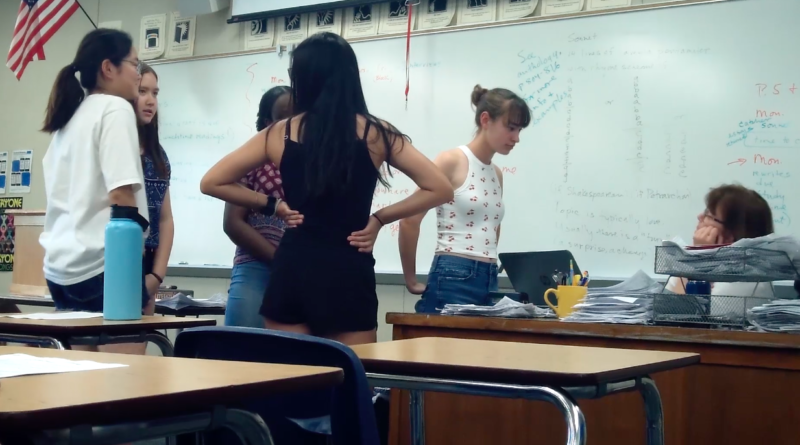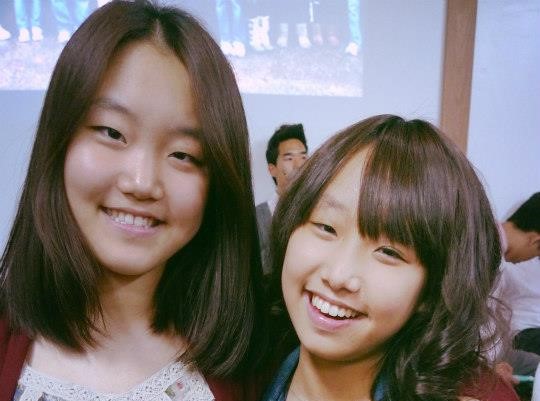The science behind creating a good first impression
PHOTO: With the 2019-2020 school year starting, many students are eager to make good impressions to their teachers and peers.
By Charissa Zeigler,
BlueDevilHUB.com Staff–
At the beginning of the new school year, students walk through the doors of their classes and wonder what their teachers will think of them. Most students are eager to create a positive first impression.
The first impression your teachers have of you will often dictate your relationship with them for the rest of the year. A joint study between American and Turkish scientists in 2017 found that first impressions last for months and will influence the outcome of later interactions.
Trying to change a teacher’s bad impression of you into a good one can be difficult, which makes your first interaction all the more important.
Researchers from Lehigh University found that judgements or first impressions that are made unconsciously resist change. This occurs even if there is contradictory evidence to an opinion a teacher has formed of you.
According to the Association for Psychological Science, being able to make quick judgements from small pieces of information was vital for the survival of early humans. Fast decision making stemmed from the fight or flight response that emerged in response to having to deal with constant danger.
These snap judgements are called “thin slices.” From thin slices of behavior, teachers create an impression of students. Later actions will often reaffirm a teacher’s initial impression of you whether you intend them to or not.
Senior Micah Boughton shares some tips he has learned from his interactions with teachers. “Common successful strategies are asking questions about what you are actually interested in and at least pretending to be a respectful student,” he said.
A good strategy is to stand up straight. Extending your spine increases your confidence in decision-making, which can help lessen the chance of having an awkward moment in a conversation.
A study published by the European Journal of Social Psychology found that when participants sat with their spine extended and shoulders back, it increased how strongly they defended original statements they had made.
Another effective strategy is to smile because your body automatically releases endorphins to your brain. Even if you are nervous or unhappy, when you smile, your body is cued by the movement of your facial muscles to release endorphins. Smiling will also usually lead to your positive attitude being reciprocated by a teacher.
Eye contact is also very important. A study from the University of Wolverhampton found that maintaining eye contact increases how memorable an interaction is. They found that if eye contact was made at least 30 percent of the time, how much individuals remembered from a conversation increased significantly.
Eye contact shows that you are paying attention and care what the other person is saying. A lack of eye contact often communicates disinterest or a desire to avoid the person who is speaking to you.
However, junior Shruthi Karthik warns that trying to be respectful can turn into self-interested flattery.
“One way you could go too far is [when you] start being a ‘teacher’s pet’ and try to get them to pay attention to you all the time,” Karthik said.
The best way to have a positive interaction is to be genuine. Junior Moni Ali noted that “creating a mask is going too far [and is] a false reality that will unwind.”
Teachers’ expectations are different; what one might consider a disrespectful comment might be viewed as openness to others.
Science fiction teacher Gwyneth Bruch had an honest interaction with a student which she appreciated. “This one girl said to me ‘Ms. Bruch, get out of my face’ and I did and we were great and it was wonderful because she respected me […] and she just spoke her truth to me which I value more than [her sarcastically saying] have a good day.”




